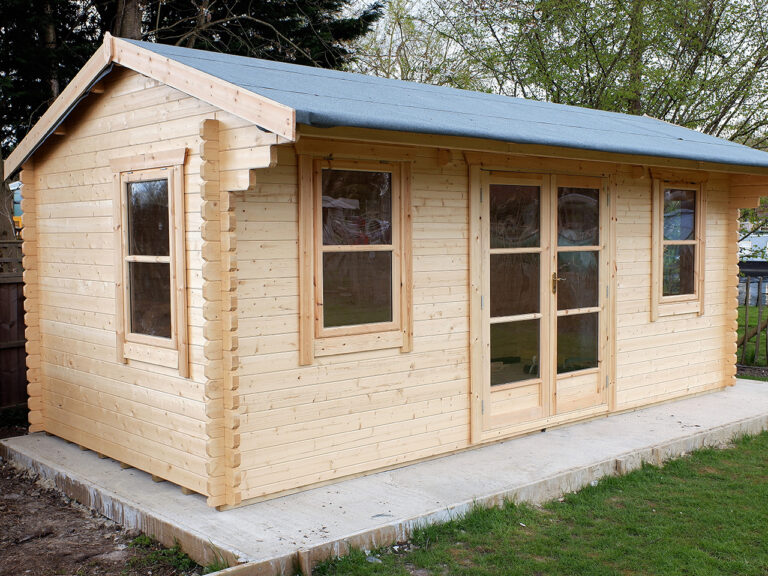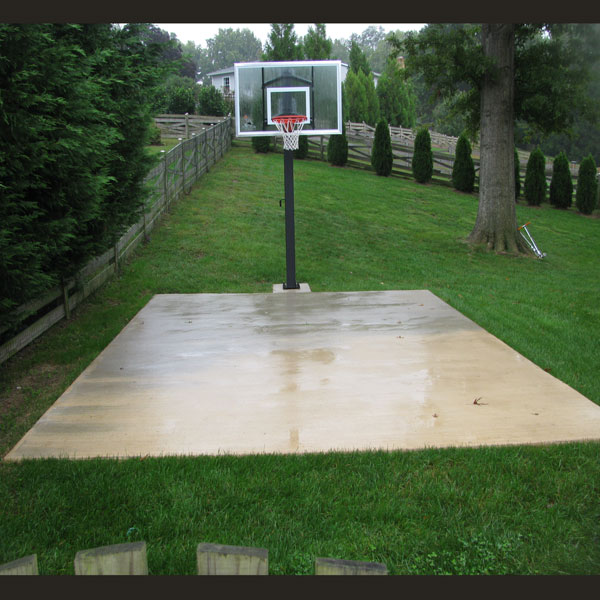Concrete Pad Contractor Northern Virginia
Concrete Pads for Any Purpose
Concrete Pad Contractor, Northern Virginia is Fairfax Contractor. If you are looking to build a concrete pad for any purpose, you have now found your contractor. We are a DPOR Virginia class A licensed contractor with a residential building contractor (RBC) and commercial building contractor (CBC) endorsed contractor. We hold business licenses in Fairfax County, Arlington County, Prince William County, Loudoun County, Prince William County, the City of Alexandria, and Manassas city. Of course, we are insured with liability and workers’ compensation insurance. We build all types of concrete pads that can be used for various uses, such as concrete hot tub pads, concrete shed pads, and under-deck concrete pads. In addition, we can also design and build agricultural concrete pads for outbuildings and garage concrete pads.



Hot Tub Concert Pad Contractor
How to build a concrete hot tub pad is something you should ask any contractors giving you a bid for this project. Installing a new hot tub is exciting, and you know that it will be very therapeutic for you. Fairfax Contractor will construct your hot tub concrete pad perfectly level. If a hot tub concrete pad is not built to be level, the water in your hot tub will not be level. As a hot tub concrete installation company, we understand all of the necessary factors that go into building concrete hot tub pads. The weight of the average hot tub is approximately 5000 pounds, or if you’re looking for a swimming pool hot tub, the weight will be greater. Our standard for the construction of a hot tub pad starts by laying out the location of your concrete hot tub pad. Once the location has been determined, our employees will grade and level the area. An important note is you may want to increase the pad size for your hot tub for easy egress. Once everything has been designed and laid out for your hot tub concrete pad, it’s time to start the construction project. Before we ever start any excavation by law, we will call Ms. utilities to ensure we do not cut any utility lines in the area. In Northern Virginia, a building permit is not necessary for a hot tub. But it’s very important that you utilize our master electrician, or your electrician to pull the necessary permits to install the wiring to your hot tub. The necessary conduit will be run first and inspected by a county building inspector. Once the groundwork for your hot tub is complete, this inspection is critical for safety.
The next step in the process is to form up the area of your concrete pad utilizing 2×4s or 2×6, depending on the design and type of hot tub you want to be installed. For smaller hot tubs, we typically pour a 3500 psi concrete base reinforced with welded steel wire. If you have a larger hot tub or swimming pool spa, we will typically install that with #4 rebar and 4000 psi concrete. These larger swimming pool hot tubs require a 5-inch to 6-inch pad of concrete, depending on manufacturers’ recommendations. Once your concrete forms have been approved, we will pour the proper concrete design mix into the forms. After finishing the concrete, we will put a fine broom finish for safety purposes. After about seven days, your concrete will be hydrated to the point where you can then place your new hot tub. The final step is to have the electrician hook up all of the electrical connections and then get a final on that permit. The next step, fill your pool or swimming pool spa with water, and enjoy!
Concrete Shed Pad Contractor Northern Virginia
Fairfax contractor has years of experience in installing various-sized concrete pads for your new shed. A concrete base is always recommended for installing a new shed or outbuilding on your home. It is essential to check the technical requirements of a prefab shed. Larger structures may require a building permit, but smaller sheds on grade do not require a building permit.
Our company services structural concrete pads and just simple pad-on-grade construction. The concrete finish in your shed pad can be a simple broom finish, or for a slight amount of extra money, we can perform a smooth machine finish.
For larger concrete pads for larger sheds that are stick built, we will need to get a permit. This permit will show the size of the footing, steel placement, and of course, a final inspection by a county official. Typically a stick-built shed will not need permits. But if your structure is large such as a garage, we will need to dig footings before placing the concrete. Typically footings for a large shed would be at least 2 feet deep and approximately 18 inches wide. We would then place two strands of #4 rebar to reinforce the footing system on these large shed pads, agricultural prefab structures, and garages. We would strongly recommend installing a vapor barrier below the concrete pour. The reason being is that concrete, in its nature, wicks water. If a shed to be constructed is an expensive housing item, this will protect them from rust. As simple construction, we will typically pour your shed with 3000 psi concrete. If your project is commercial, we may increase the concrete strength to 4000 psi.
